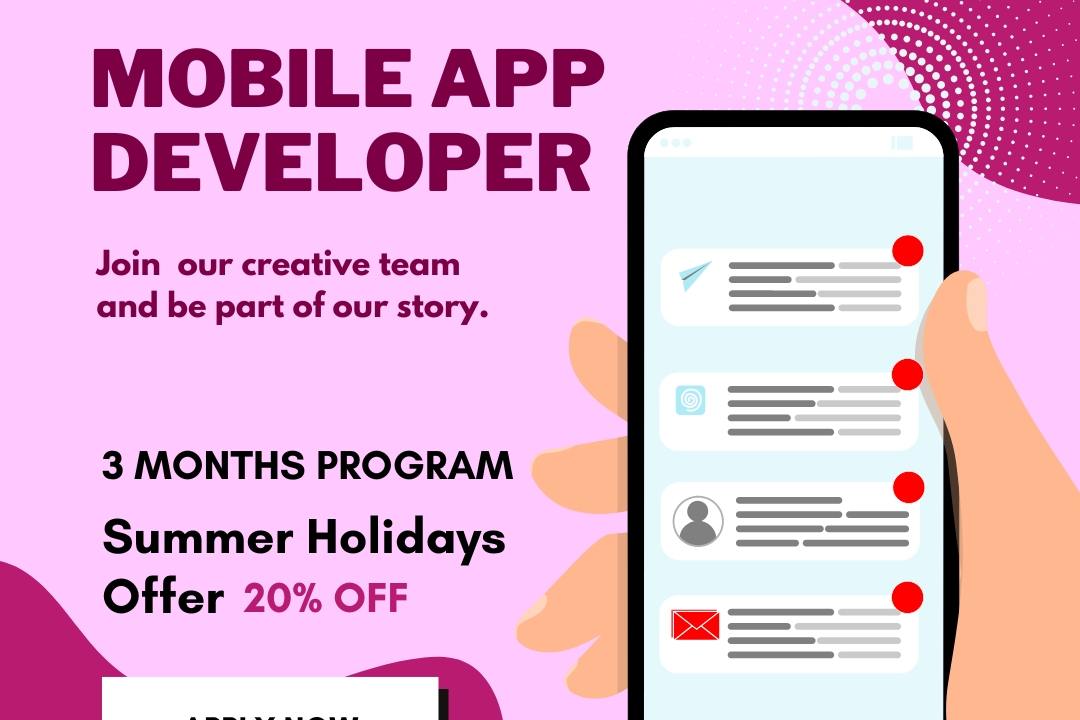User Interface Components
Optimizing User Interaction: Essential UI Components
User Interface Components
User interface components are the building blocks of a graphical user interface (GUI) that facilitate interaction between users and software applications. These components include buttons, text fields, sliders, checkboxes, radio buttons, dropdown menus, and more, which enable users to input data, make selections, and navigate through the application. Effective design of these components involves consideration of usability, accessibility, and aesthetics to ensure a smooth and intuitive user experience. Each component is typically designed to elicit specific actions from users while providing visual feedback, thus improving overall engagement and satisfaction with the application.
To Download Our Brochure: https://www.justacademy.co/download-brochure-for-free
Message us for more information: +91 9987184296
1 - Buttons: Interactive elements that users click to trigger actions, such as submitting a form or starting a process. They can be styled differently to indicate their function (e.g., primary, secondary).
2) Text Fields: Input areas where users can enter text data. Essential for forms, search bars, and chat interfaces, text fields help gather user information.
3) Labels: Text elements that describe input fields or provide context to components. They help users understand what information is required.
4) Checkboxes: Square boxes that users can check or uncheck to make selections from a set of options. Often used in preferences or settings menus.
5) Radio Buttons: Circular buttons that allow users to select one option from a group. They are useful for mutually exclusive choices, like selecting a payment method.
6) Dropdown Menus: Lists that appear when a user clicks on them, allowing selection from multiple options. They help conserve space and present choices clearly.
7) Sliders: UI components that let users select a value from a range by sliding a knob along a track. Commonly used for adjusting settings like volume or brightness.
8) Tabs: Navigation elements that allow users to switch between different views or content, often displayed horizontally or vertically. They help organize information efficiently.
9) Modals: Popup windows that overlay on the current page to capture user attention. Used for alerts, confirmations, or additional information without leaving the main content.
10) Links: Text or images that users can click to navigate to other content, such as web pages or downloadable documents. They are essential for creating a web like experience.
11) Icons: Graphical representations that convey meaning or functionality, such as a trash can for delete actions or a magnifying glass for search. Icons improve the UI’s visual language.
12) Tables: Structured formats for displaying data in rows and columns, making information easy to read and compare. Useful for displaying lists, stats, and results.
13) Progress Bars: Visual indicators that show the status of an ongoing process, such as file uploads or loading content. They inform users about completion levels and estimated wait times.
14) Tooltips: Small pop up boxes that provide additional information when users hover over elements. They improve usability by offering context sensitive help.
15) Icons and Images: Visual elements that enhance aesthetics and provide context or branding. Effective use of images and icons can significantly improve a user's experience.
16) Breadcrumbs: Navigation aids that show users their current location within an application or website’s hierarchy. They help users understand and navigate pathways easily.
17) Notification Banners: Alerts or messages that inform users about important actions or updates, such as successful submissions or error messages. They keep users informed without disrupting workflows.
18) Date Pickers: UI components that allow users to select dates from a calendar interface. They're commonly used in booking systems and scheduling applications to enhance accuracy.
Each of these components plays a crucial role in creating an intuitive and engaging user experience. Through hands on training, students can learn to effectively implement and utilize these UI elements in their projects.
Browse our course links : https://www.justacademy.co/all-courses
To Join our FREE DEMO Session: Click Here
Contact Us for more info:
python programming institute
iOS Training in Shikohabad
salesforce training and placement
pmp course san francisco
ASP Net Components











